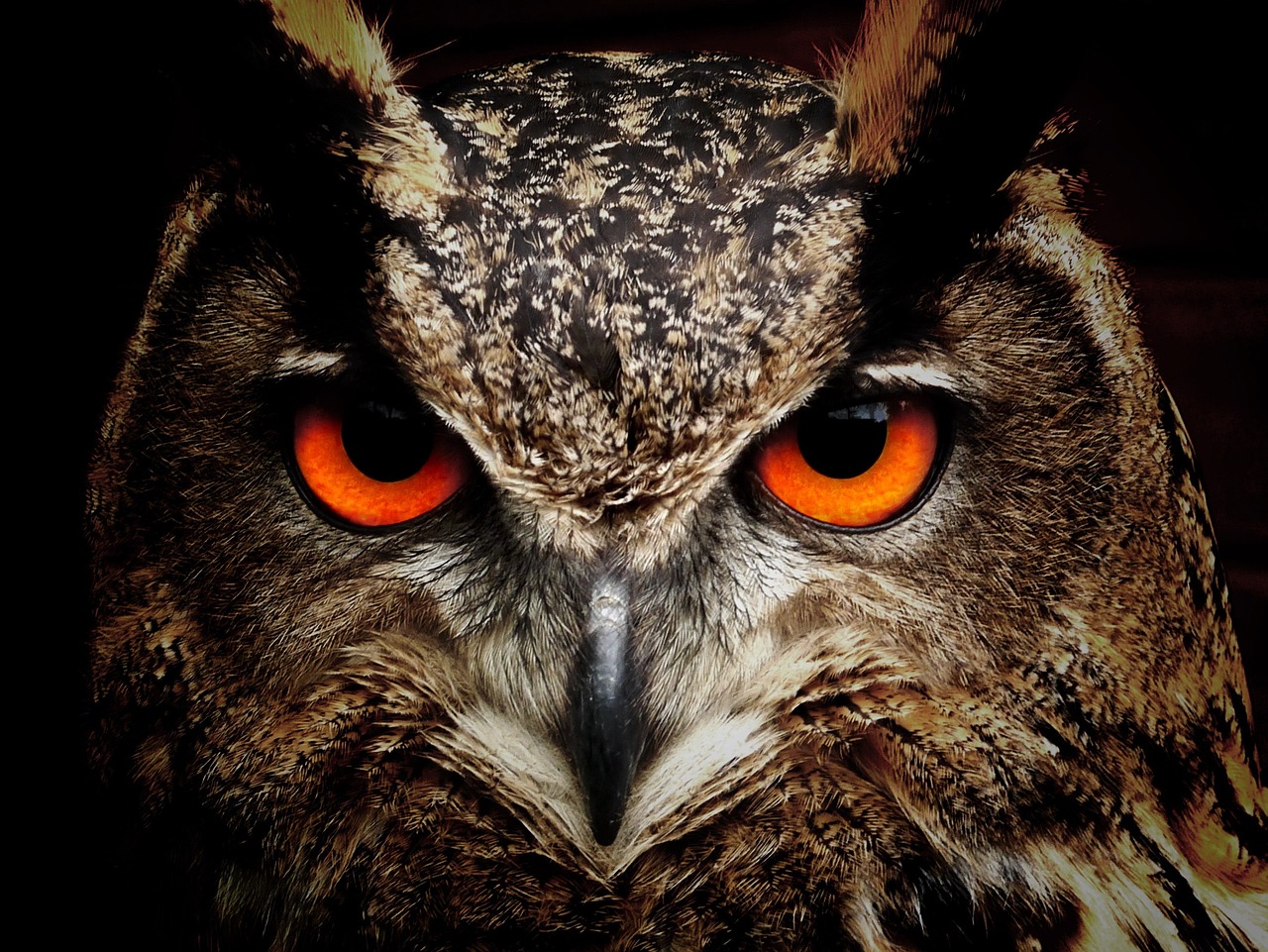As we study more and more about the universe, the more and more it fascinates us like, really think of that this way, we know we will never be able to understand the universe. But leave the universe it is a pretty big topic to cover. Let's talk about our family(talking about our solar system).
We got 8 members in our family and sun as our father. The starting 4 planets are terrestrial and other 4 are jovian planets. Terrestrial are the one which got surface and jovian are with no surface and gas in them.
But the topic how we will feel or how the day will be on different planets. Let's start with our very first member of the family:
1. Mercury: As the surface of mercury is rocky and it is just a size our moon or slightly large and with the least distance from the father(sun), it is very obvious that it will be certainly hot. The temperature rich near 430 degree celsius(800 Fahreniet). The atmosphere of mercury is made up of helium, oxygen, sodium, hydrogen and potassium. but the chances of surviving on this planet is very rare and you will not survive more than 3 minutes here.
2. Venus: Also know as the "sister planet of earth"(see i said you earlier we are family). Getting to the surface of venus is pretty tough because the planet got a thick atmosphere and million times more carbon than our planet. So, yes you can think of that, how life it will be their. The clouds of venus are made up of sulphuric acid and talking about the survival you will not last more than a second on this planet due to the high carbon present on it.
3. Mars: Finally to the planet which is getting popularity as we are planning to get there. So, yes there is something about this planet but just like venus(not that much still), mars's atmosphere also have higher content of carbon dioxide. The surface temperature is around -60 degrees or even less. It is pretty cool and just why you will not survive here for more than five minutes on our fiance planet.
4. Jupiter: As i told earlier about jovian planets, the jupiter doesn't have any surface. The atmosphere of our eldest brother is made up of hydrogen, helium and ammonia. Jupiter's atmospher experience strong jet streams. There is no question of yours to survive on this planet because the pressure will not let you survive even for a second.
5. Saturn: Just like jupiter saturn also a jovian planet(gaseous one) and doesn't have any surface just as jupiter, you have to cope up with strong winds on this planet. Strong winds with the speed more than 1800 km/h. Our brother saturn's atmosphere is made up of helium and hydrogen. So, as this planet is made up of gas and even have such deadly strong winds, so cancel it and survival will be not more than a second.
6. Uranus: Uranus is the first ice planet in our family and second is neptune. Uranus's atmposphere got helium, hydrogen and methane. Uranus's temperature is unbearable and this is not a place where we can breathe more than a few seconds.
7. Neptune: The neptune, coldest planet(because it's distance from sun). Neptune experience cold winds as fast as 2000 km/h. Neither the pressure will let you live nor the winds.






3 Comments
https://www.msn.com/en-in/health/health-news/types-of-unhealthy-communication-patterns-4-ways-to-improve-them/ar-BB1hO8F5?ocid=msedgntp&pc=U531&cvid=2572bbbb6090426b95ff271359787b06&ei=27
ReplyDeleteinstall.packages(" ggplot2")
ReplyDeleteinstall.packages("dplyr")
install.packages("devtools")
install.packages("stringer")
install.packages("ggmap")
#note the c to install many packages together
install.packages(c("maps","mapdata"))
# Load the libraries
library(ggplot2)
library(dplyr)
library(devtools)
library(stringer)
library(ggmap)
library(maps)
library(mapdata)
library(ggmap)
R.version.string
usa <-map_data("usa")
head(usa)
#plot the USA map
usa <- map_data("usa")
ggplot() + geom_polygon(data = usa, aes(x=long, y=lat, group =group)) + coord_fixed(1.3)
#Fill the colours
gg1=ggplot() + geom_polygon(data = usa, aes(x=long, y=lat, group =group), fill = NA, color = "red") + coord_fixed(1.3)
ggplot() + geom_polygon(data = usa, aes(x=long, y=lat, group =group), fill = "violet", color = "blue") + coord_fixed(1.3)
gg1
gg1 <- data.frame
gg1=ggplot() + geom_polygon(data = usa, aes(x=long, y=lat, group =group), fill = "violet", color = "blue") + coord_fixed(1.3)
#Plotting coordinates
labs <- data.frame(long = c(-122.64873, -122.306417), lat = c(36.951968, 47.644855), names = c("PT1", "PT2"), stringsAsFactors = FALSE)
gg1+
geom_point(data = labs, aes(x = long, y = lat), color = "red", size = 5) +
geom_point(data = labs,aes(x = long, y = lat), color = "green", size = 4)
#State boundaries
states <- map_data("state")
states
head(states)
#colour the states
ggplot (data = states) + geom_polygon(aes(x = long, y = lat, fill = region, group = group),color = "white") + coord_fixed(1.3) + guides(fill=FALSE)
ggplot (data = states) + geom_polygon(aes(x = long, y = lat, fill = region, group = group),color = "black") + coord_fixed(1.3) + guides(fill=FALSE)
#subset command
west_coast <- subset(states, region %in% c("california", "oregon", "washington"))
ggplot(data = west_coast) + geom_polygon(aes(x = long, y = lat), fill = "palegreen", color = "black")
ggplot(data = west_coast) + geom_polygon(aes(x = long, y = lat, group = group),fill = "palegreen", color = "black") + coord_fixed(1.3)
# california data
ca_df <- subset(states,region == "california")
head(ca_df)
#counties
counties <- map_data("county")
ca_county <- subset(counties, region == "california")
head(ca_county)
# axis gridlines
ca_base <- ggplot(data = ca_df, mapping = aes(x = long, y = lat, group = group)) + coord_fixed(1.3) + geom_polygon(color = "black", fill = "grey")
ca_base + theme_nothing()
https://doi.org/10.1007/s11252-021-01165-9
ReplyDelete10.3390/d15080943